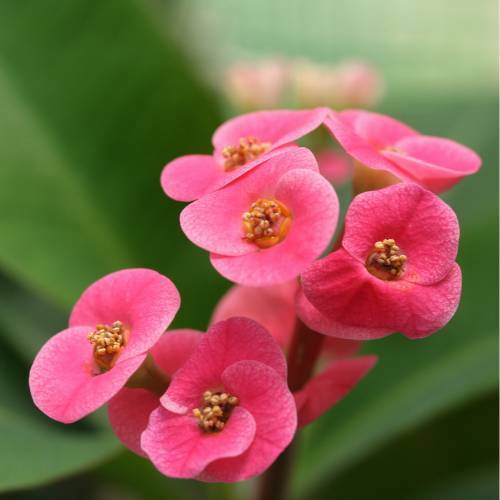Watering Succulents and Cacti.
�� Watering Succulents and Cacti: They’re Thirsty, Mate!
Yes, even cacti need a good drink!
I once saw someone boast, “I haven’t watered this cactus for 7 years.” Yikes! While a cactus can certainly survive extended dry spells, they absolutely require moisture to thrive. While the mantra is "don't overwater," they do need regular watering, especially when they’re in active growth (usually in spring and summer).
When I first started collecting, I was told it's best to underwater, as you can easily add more water, but you can’t take it away! Overwater them, especially in winter, and you may face fatal consequences.
�� What Makes Overwatering Deadly?
Several factors can affect your plant’s ability to handle that extra moisture:
- New roots or recently repotted plants (they can’t drink yet!).
- Coldness or frosts.
- Plants sitting on a drip tray or in pots with no drainage holes.
- A stressed plant (due to bugs, etc.) is already struggling.
�� The Kiwi Winter Watering Trick
When winter hits, or if you’re unsure how much water to give, try this simple trick:
Instead of saturating the entire pot, just pour the water down one side of the pot. This ensures only a segment of the plant's roots gets contact with the moisture. Next time you water, choose a different area.
Most succulents and cacti can handle cold extremes, provided they have the ideal situation: free-draining soil and significantly reduced watering over winter. We’ve got people in Christchurch who keep them outside and they do fine! It’s the combination of cold and being constantly wet that is the killing blow. Of course, some varieties are more susceptible than others, but this holds true for most general varieties.
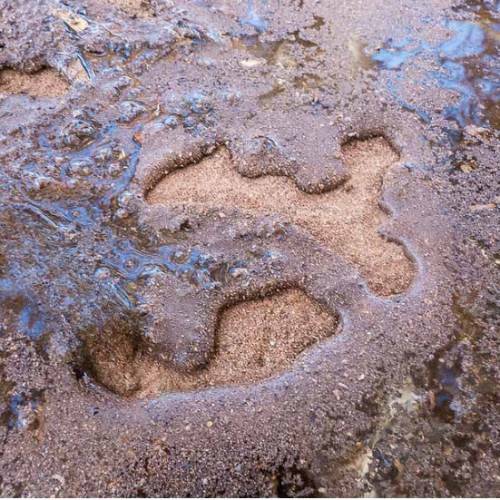
��️ Dealing with Hydrophobic Soil (Tackling the Tough Ones)
Old, neglected cacti often become incredibly hard to water. Simply pouring water on them does very little; it often doesn’t soak in and just runs straight off.
A dunking can be a great way to help them rehydrate. However, sometimes the soil gets so hydrophobic that even a good soak won’t do the trick.
The best solution is a thorough repot:
- Prune off any dead roots and remove as much of the old, bad soil as possible.
- Pot into a new, clean pot with fresh, dry, free-draining soil.
- Do not water in! Wait a week or more to ensure the roots have properly callused from the disturbance.
![]()
�� Root Rot: Emergency Plant Surgery
If you notice your plant suddenly leans over, feels squishy, or develops new discolouration, rot may be forming in the roots or anywhere on the stem. Immediate action is required to try and save your mate!
- Remove it from the soil.
- Check the roots for health.
- Chop the squishy bits off. Keep slicing until you reach a healthy, clean-looking colour again—whether the rot is in the root area or the actual plant stem.
- If possible, apply an anti-fungal powder. Good options are diatomaceous earth (D-earth), cinnamon, or a store-bought alternative. (You mention baking soda and chilli powder as options, but D-earth or cinnamon are often preferred and safer for general use.)
- Allow the cut areas (and roots, even if uncut) to dry off for a while before repotting. I often chop, apply powder, put the kettle on for a cuppa, and then come back to pot my plant.
- Pot it up into fresh soil, but do not water it. Let it settle for a week or more before its first drink.
Be warned: keep a close eye on it for a few weeks. Sometimes, no matter how much care you take, the rot returns.

A Quick Note on Hygiene
Always clean and sterilise your tools, especially between plants that are affected by something. A jar of methylated spirits (meths) is ideal for dipping your pruners in—it’s quick and effective.
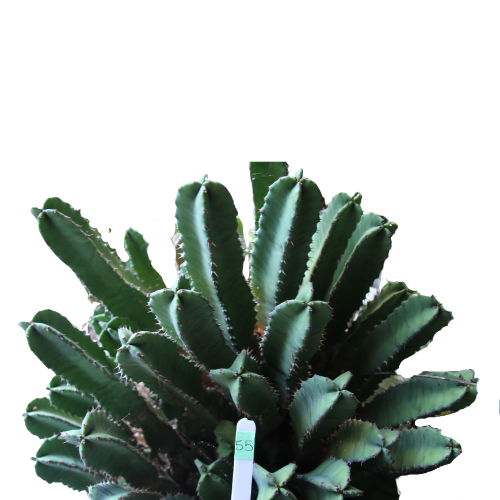
The Tough Love Story of the Euphorbia
I had a lovely, big, newly-acquired Euphorbia resinifera once that may have been damaged during its trip home—perhaps stabbed by a neighbour! No matter how many times I tried to save it, it slowly died over a couple of months. I tried multiple times to stop the rot, but nothing worked. It must have had 20 heads on it, and all I managed to save were two cuttings that, thankfully, are doing okay now. It’s a tough lesson that sometimes, despite your best efforts, they just don't make it.
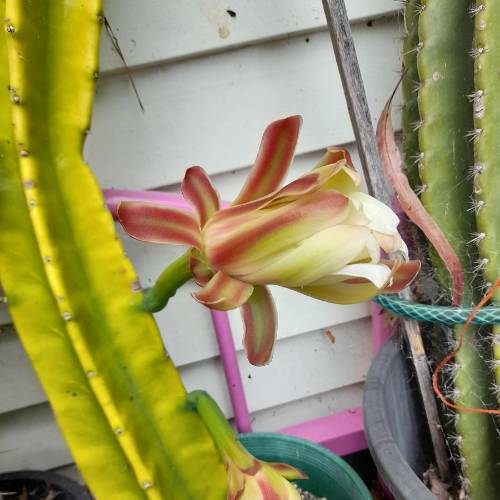
�� Cacti are Tough, But Still Need TLC
Cacti and succulents are often considered the set-and-forget plants. Like all plants, though, if they are given ideal conditions, adequate water, and fertiliser, they will reward us with more steady growth and healthy flowering displays.
They don’t need a huge amount of fertiliser, but a weak solution regularly will ensure they are kept healthy. A neglected, underfed, or underwatered (stressed) plant will be more prone to insect infestations because it’s already struggling. Some cacti will even refrain from flowering, shrink in size, or just look weak and pale if they aren’t getting sufficient nourishment.
Remember to care for your plants and they will reward you with strong growth and beautiful flowers!
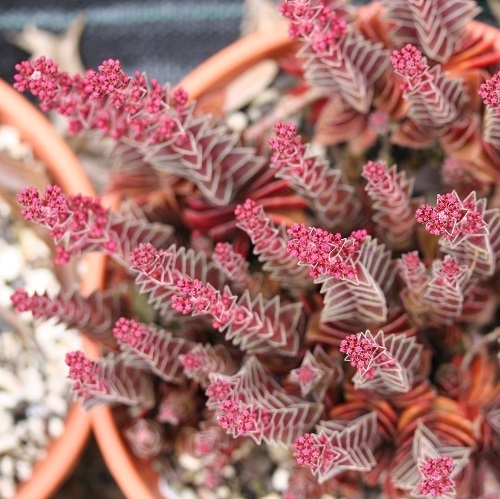
To learn more, please read some of my other blogs.
- If you wish to subscribe
-
Essential Plant Care over Winter
-
Light Requirements for Succulents and Cacti
Posted: Thursday 1 February 2024
Recent Posts
Archive
Tags
| Top |

